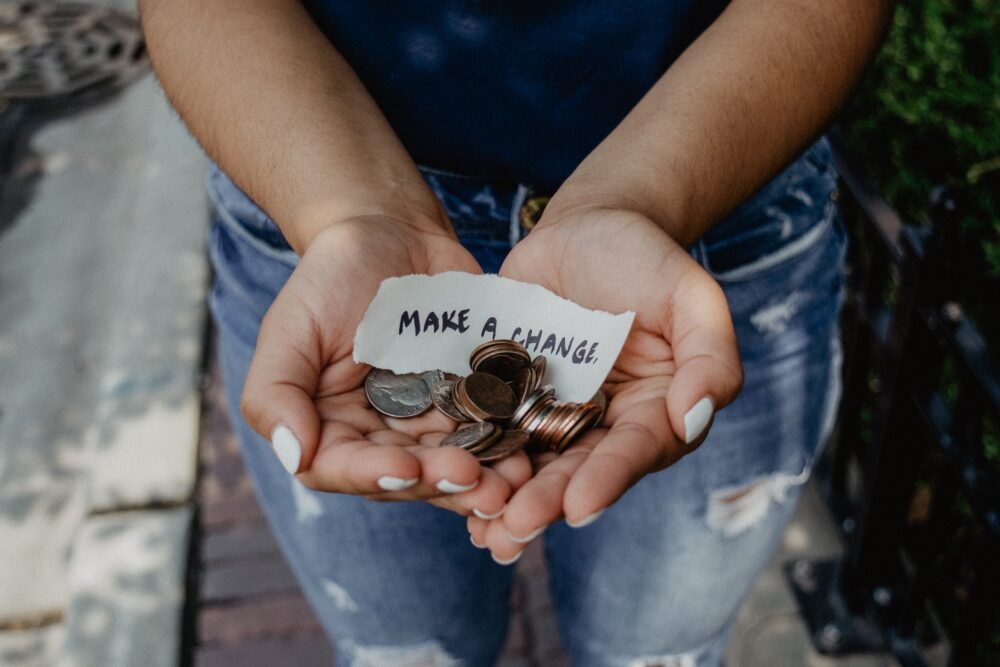If you have bad spending habits that are holding you back financially, you’re not alone. In a recent survey, 70% of respondents admitted that overspending was their biggest financial weakness. Although ingrained habits can be hard to change, you aren’t doomed to live paycheck to paycheck forever. It’s possible to overcome lifestyle creep and turn your financial situation around. Here are 8 tips to help you break your bad spending habits so you can achieve your financial goals.
Track Your Spending
You can’t break your bad spending habits if you’re unaware of how much money is flowing out of your bank account every month. Comb back through your bank and credit card statements and calculate what you spent in each category over the past few months, such as travel and dining out. This will give you a better idea of your average spending in each area, enabling you to identify your strengths and weaknesses.
Maybe you’re really thrifty when it comes to groceries, but struggle to limit your clothing budget. Once you know which items you’re most likely to overspend on, you can avoid putting yourself in situations where you’ll be tempted to overdo it, such as visiting your favorite clothing store.
Set Measurable Goals
It’s hard to motivate yourself to spend less and save more when you don’t know what you’re cutting back for. Getting clear on your financial goals and what you need to do to achieve them can help you break bad spending habits.
For example, if you want to buy a house in three years, figure out how much money you need to set aside for a down payment every month based on home prices in your area. Once you have a plan in place, it will be easier to say no to impulse buys that don’t fit into your budget because you don’t want to delay or jeopardize your financial goals.
Use Cash or Debit Cards
If you have bad spending habits, it may be unwise to use high-limit credit cards because they enable you to rack up a big balance. Paying with cash or a debit card instead gives you a hard stopping point. When your bank account is drained or your wallet is empty, you won’t be able to buy anything else easily. This spending limit will help you learn to live within your means.
Write a Shopping List
Another way to break bad spending habits is to write a shopping list of exactly what you need before you go into a store. Sticking to your list will help you avoid making unnecessary impulse purchases that exceed your budget. It may also be a good idea to set a spending limit for each item. That way you aren’t tempted to buy something top-of-the-line if you can’t afford it.
Unsubscribe From Marketing Emails
Marketing emails are designed to part you with your cash. They often contain discounts and other promotional offers to draw you into the store and get you to shop, even if you don’t really need anything. These emails can add fuel to the fire of bad spending habits, so it’s probably best to unsubscribe.
Find New Hobbies
For some people, shopping is one of their main hobbies. If they’re bored on the weekend, they’ll pop into Target and wander the aisles, which inevitably leads to impulse purchases. Finding new hobbies and ways to occupy your time besides shopping or going out to eat will help you save money.
My favorite frugal hobbies are reading, writing, playing video and board games, watching YouTube videos, and cooking. You could also try to learn a new language, draw or paint, do yoga, go to free local events and festivals, or take up running. The world is your oyster!
Figure Out Why You Overspend
Breaking bad spending habits may require some introspection on your part to figure out why you overspend. Some people shop because they’re bored, while others spend as a coping mechanism when they’re upset.
The next time you get the urge to shop, pause and ask yourself how you’re feeling and why you’re itching to buy something. Writing down your feelings in a journal can help you process your emotions and develop a healthier coping mechanism than shopping.
Try a No Spend Challenge
Doing a no spend challenge can help you get your finances back on track. No spend challenges involve only buying essentials such as groceries and gas for a certain period of time, usually a month or two. This allows you to save money and gain a new perspective on your spending habits. During the challenge, you may realize that you don’t really miss your shopping sprees, which may make it easier to cut them out for good.
Have you ever overspent or experienced lifestyle creep? What did you do to reign in your spending habits and improve your finances? Share your thoughts in the comments below!
Read More
4 Things Frugal People Usually Don’t Do
Enjoy Great Foods While Still Being a Frugal Foodie
Money Magic: Manifesting a New Financial Mindset
Come back to what you love! Dollardig.com is the most reliable cash-back site on the web. Just sign up, click, shop, and get full cashback!
Image and article originally from www.savingadvice.com. Read the original article here.

